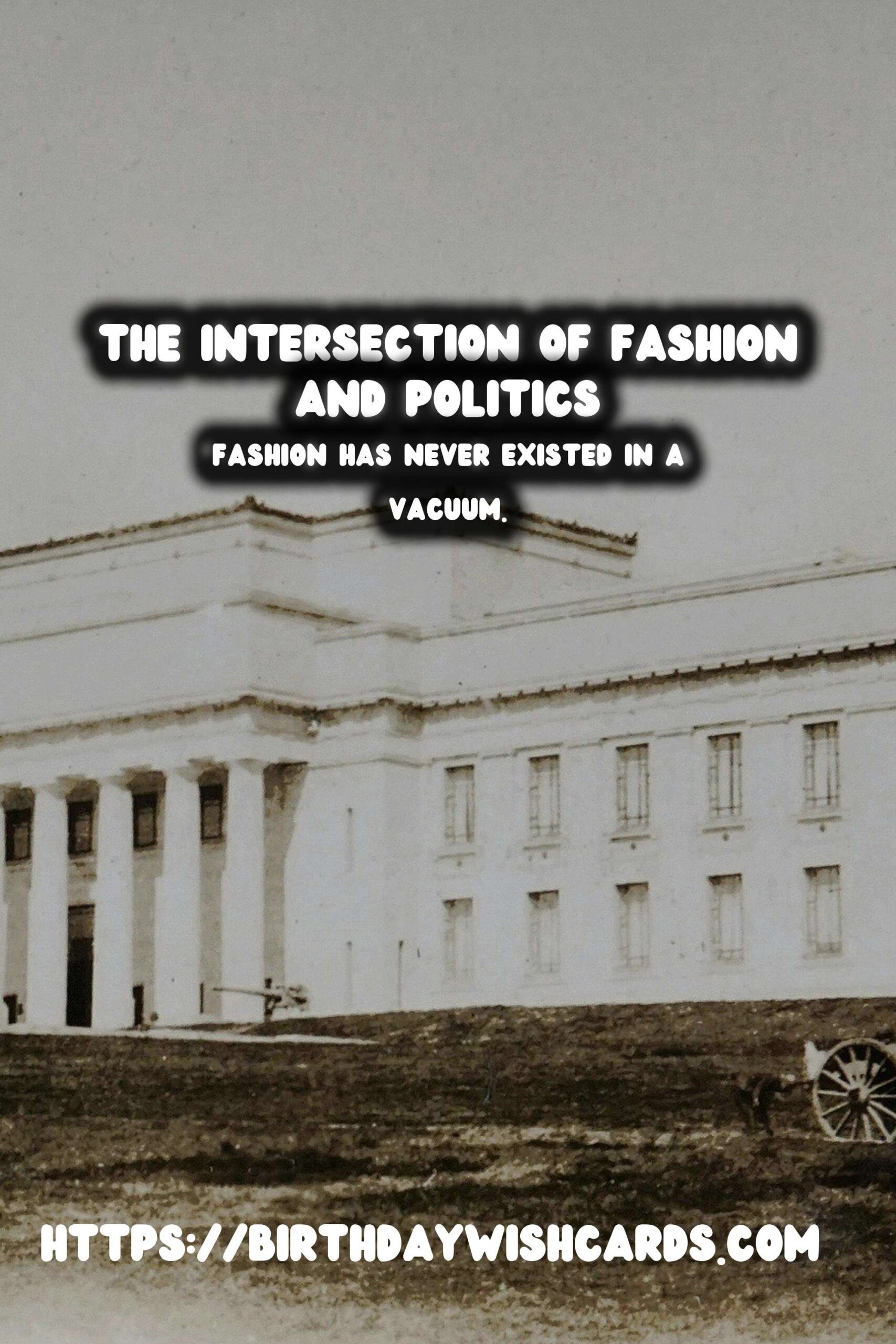
Fashion has never existed in a vacuum. It has been an expression of artistic flair, cultural sentiments, and most notably, political landscapes. From the regal garments of monarchs to the rebellious styles of the 1960s, political events have shaped fashion throughout history.
Ancient Times: Power and Prestige
In ancient Egypt, clothing was not just a matter of style but a statement of status and power. Only the elite adorned themselves with fine linen and gold jewelry, signifying their superiority. Political stability and complex social hierarchies dictated these styles, making fashion a key component of identity and class.
The Middle Ages: Religion and Rule
The Middle Ages were characterized by the strong influence of religion and monarchy on fashion. The Church dictated modesty, while royalty set trends with luxurious fabrics like silk and velvet. Political unions through marriage also influenced clothing styles, as seen in the exchange of fashion trends across Europe.
Renaissance: A Rebirth of Art and Fashion
During the Renaissance, politics and fashion intertwined as power shifted towards art and intellect. Fashion became a platform for displaying wealth and knowledge. The political stability and prosperity of city-states like Florence encouraged elaborate costumes rich in color and complexity.
The 19th Century: Industrial Influence
The industrial revolution and political reforms brought significant changes to fashion in the 19th century. The emergence of a middle class spurred a democratization of fashion trends. As political movements like women’s suffrage gained momentum, clothing became less restrictive, reflecting newfound liberties and roles.
The World Wars: Uniformity and Utility
World War I and II dramatically reshaped fashion through practicality and resource scarcity. Military influences dominated, with functionality taking precedence over form. Women’s fashion adopted simpler, less decorative styles as they entered the workforce, marking a shift in societal expectations and gender roles.
The 1960s: Rebellion and Revolution
The 1960s marked a period of political and cultural upheaval, reflected vividly in the realm of fashion. The civil rights movement, anti-war protests, and a push for individual freedoms inspired bold styles like miniskirts and tie-dye, challenging conventional norms and expressing ideological stances.
Contemporary Trends: Globalization and Identity
Today, political events continue to influence fashion, from sustainability movements to the demand for diversity and inclusivity. Globalization has resulted in a fusion of styles, breaking down cultural barriers and creating a global fashion community. Political events now not only shape trends but also champion causes within the industry.
In conclusion, fashion extends beyond mere threads; it is a tapestry woven with the threads of political change. From ancient robes to modern protest tees, clothing remains a potent symbol of the times, reflecting and responding to the political atmosphere that envelops it.
Fashion has never existed in a vacuum. Political events now not only shape trends but also champion causes within the industry. 
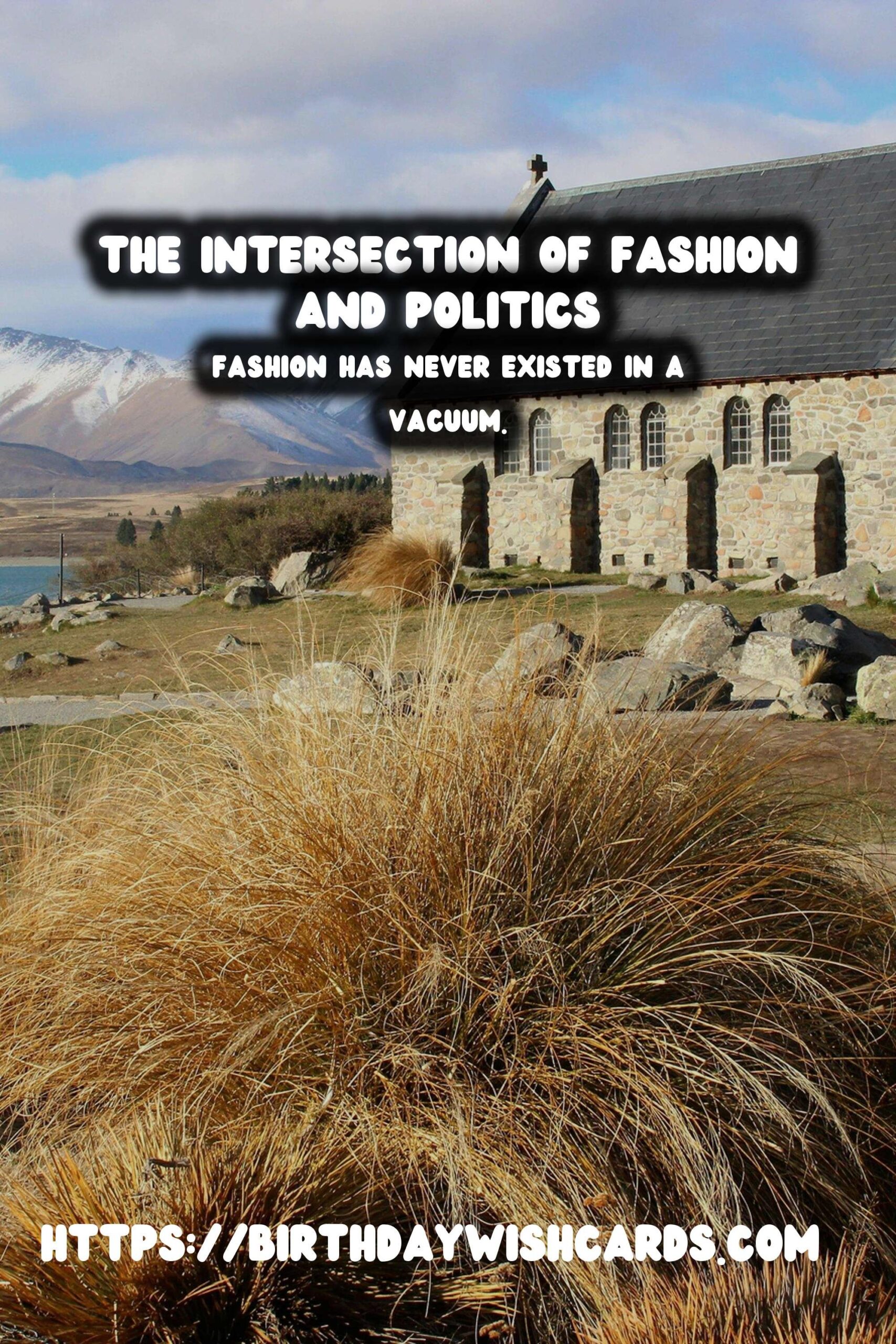
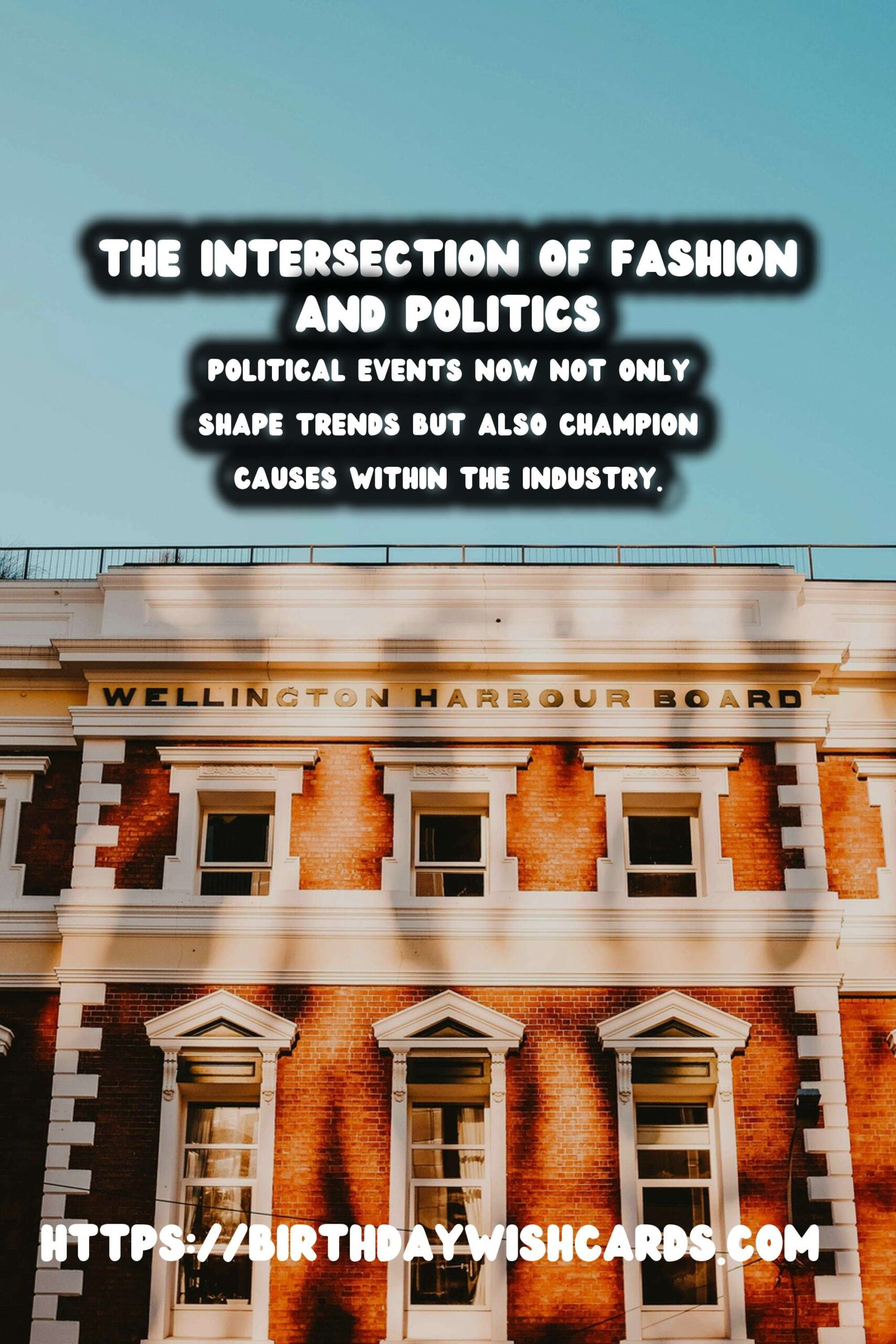
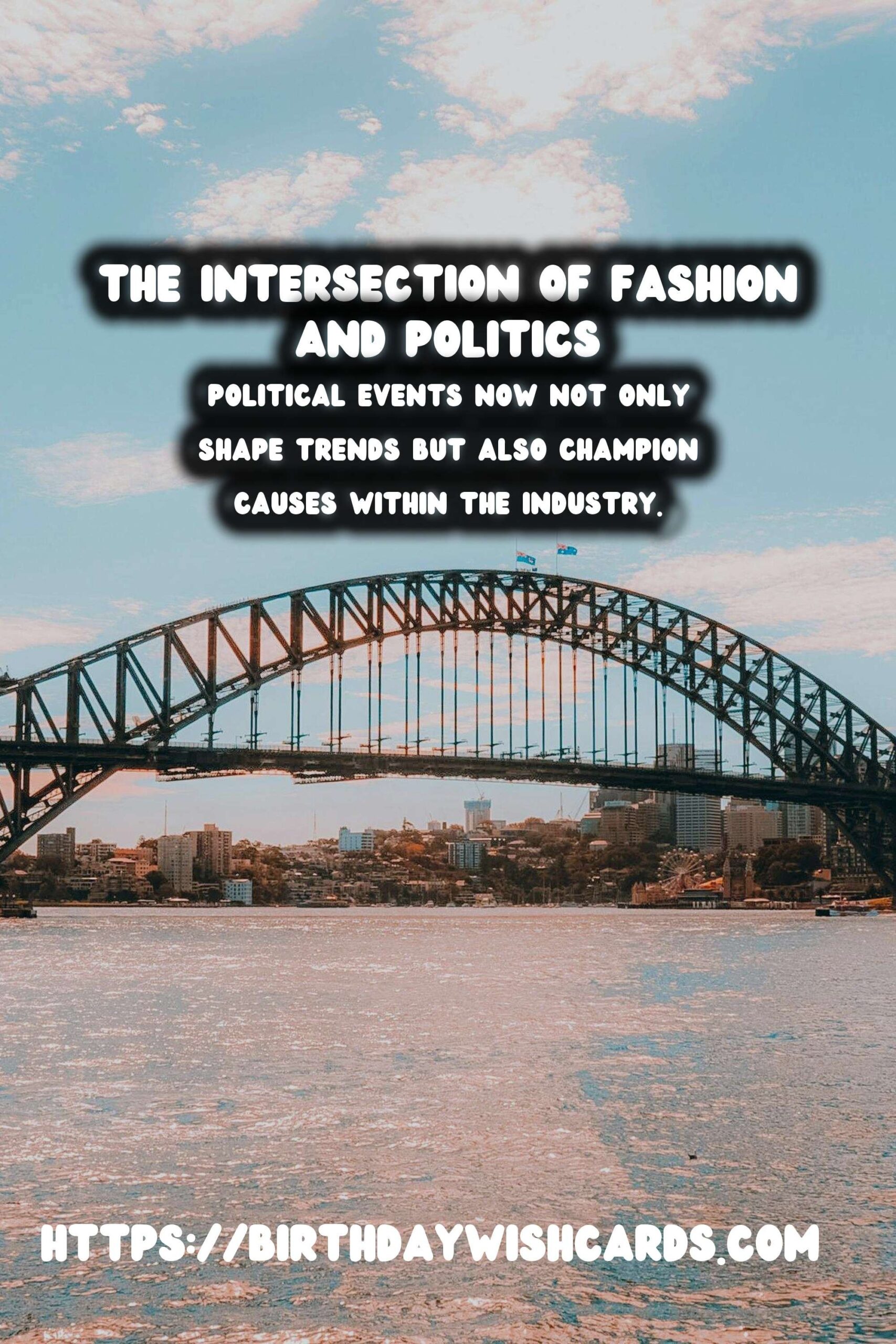
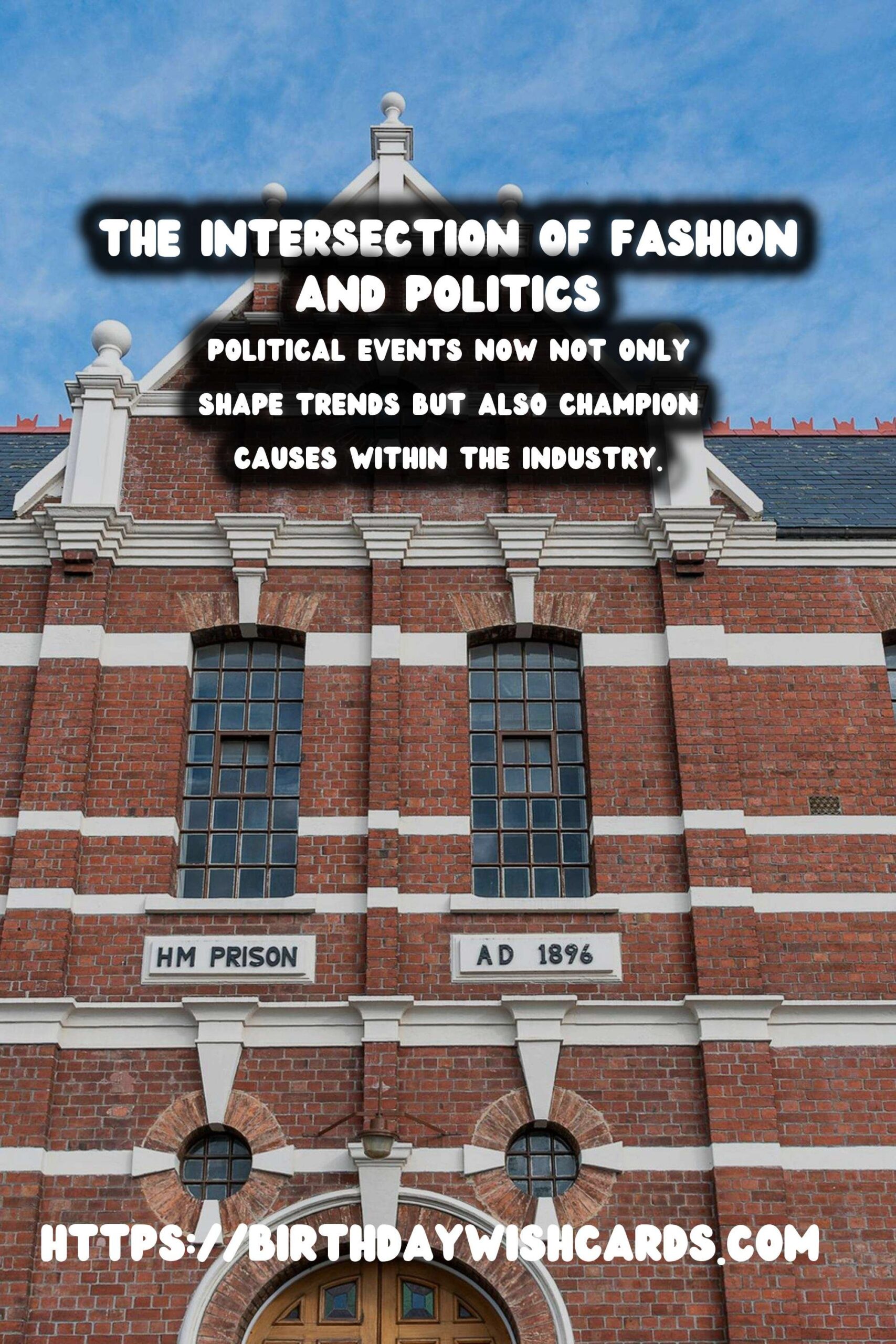

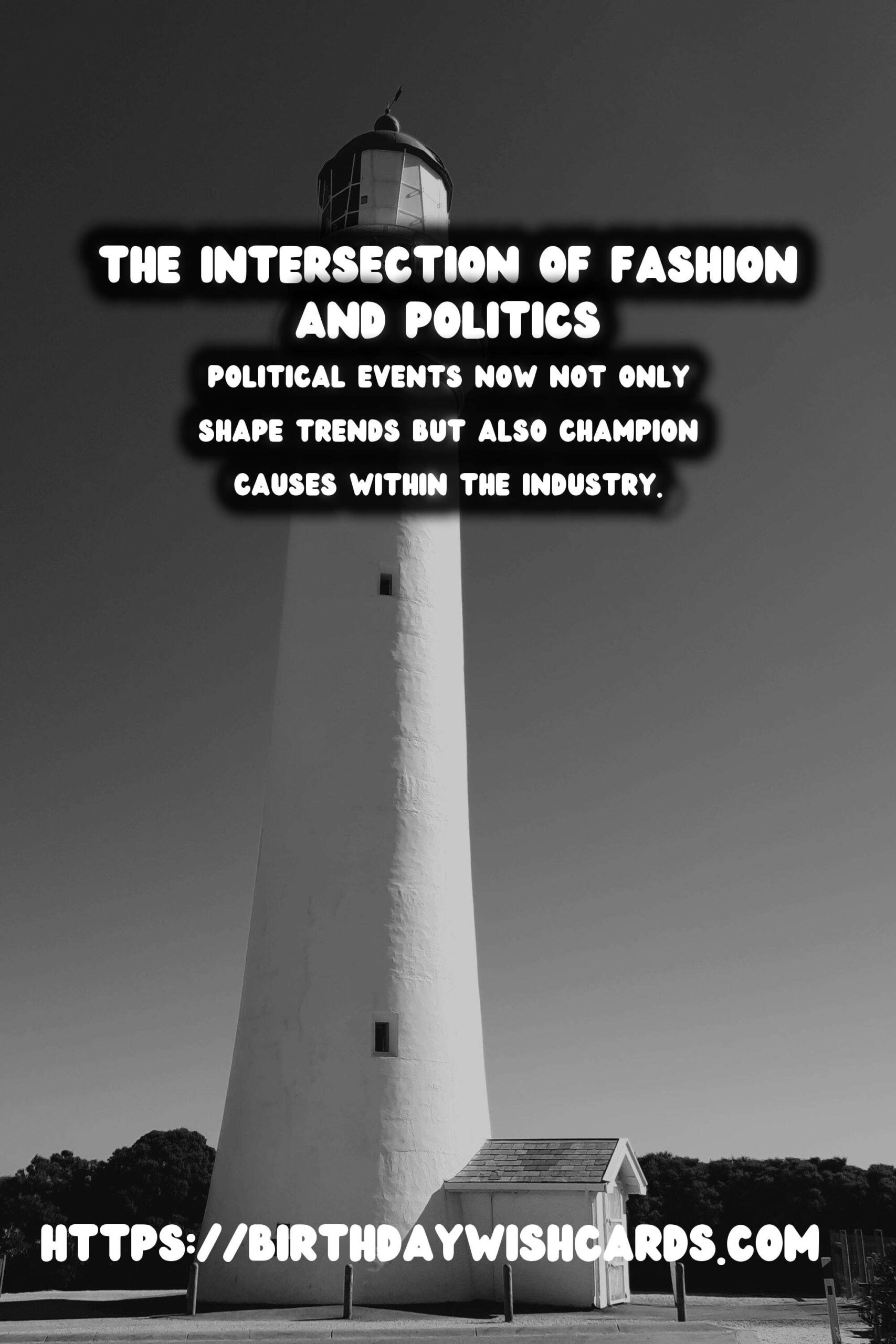
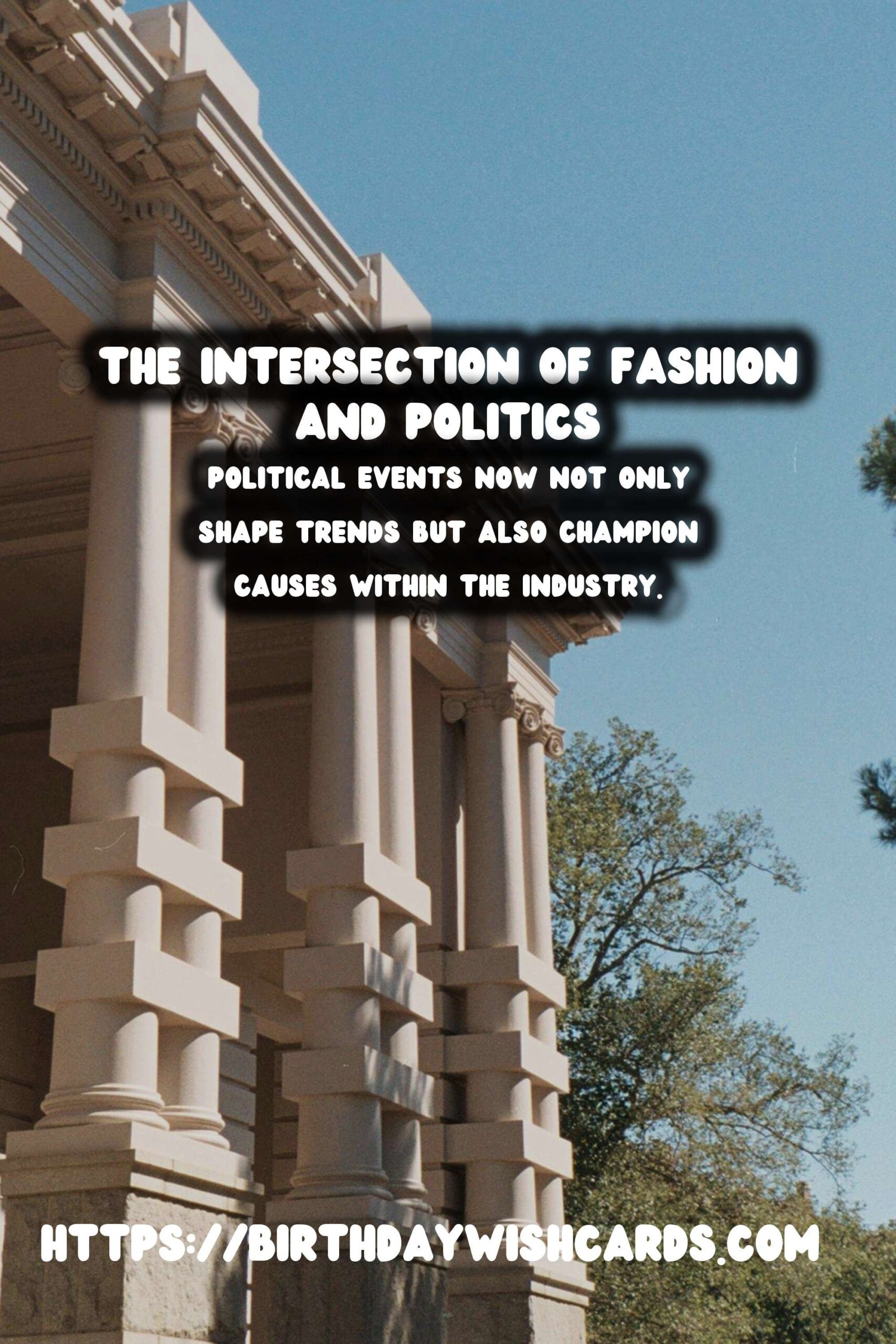
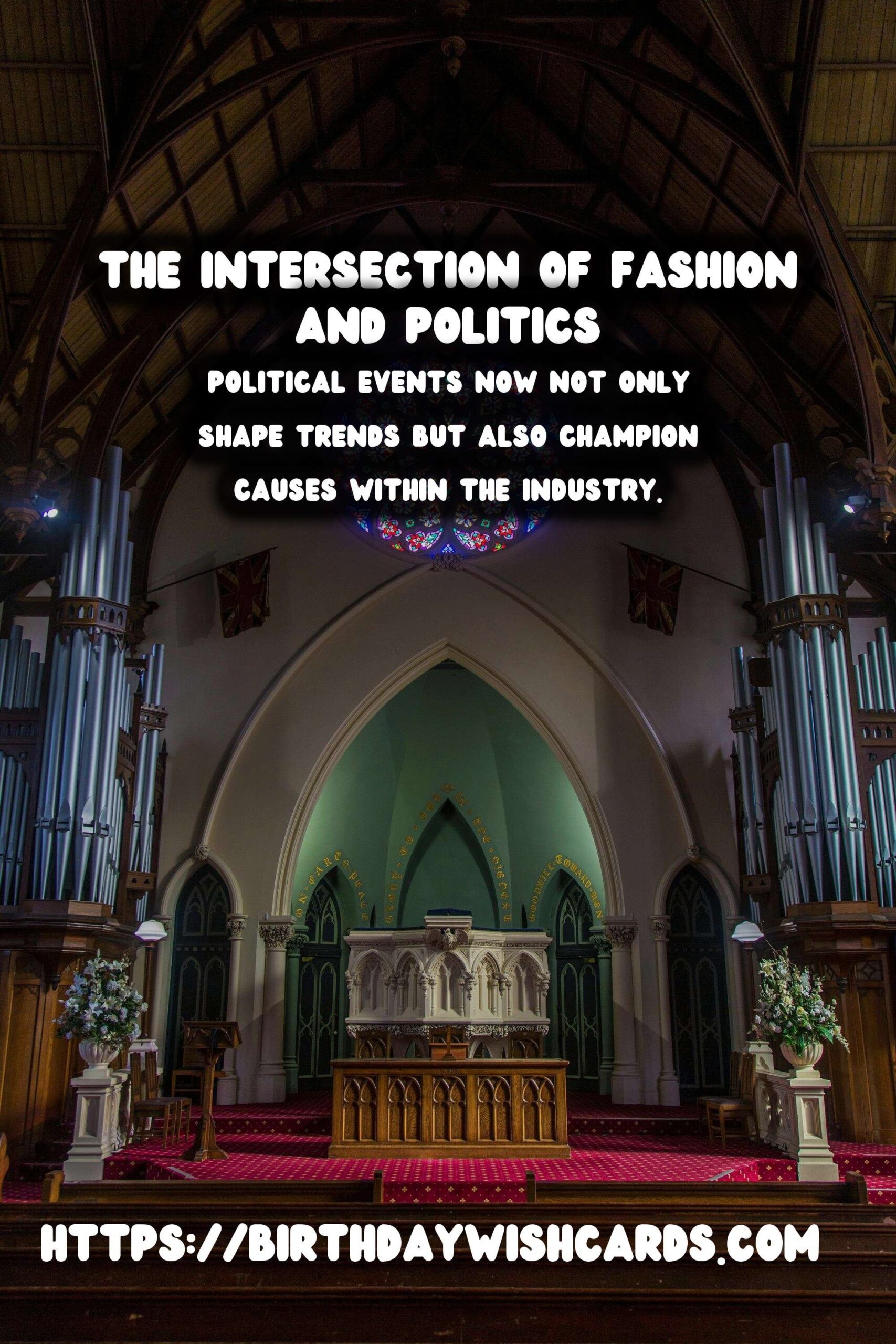
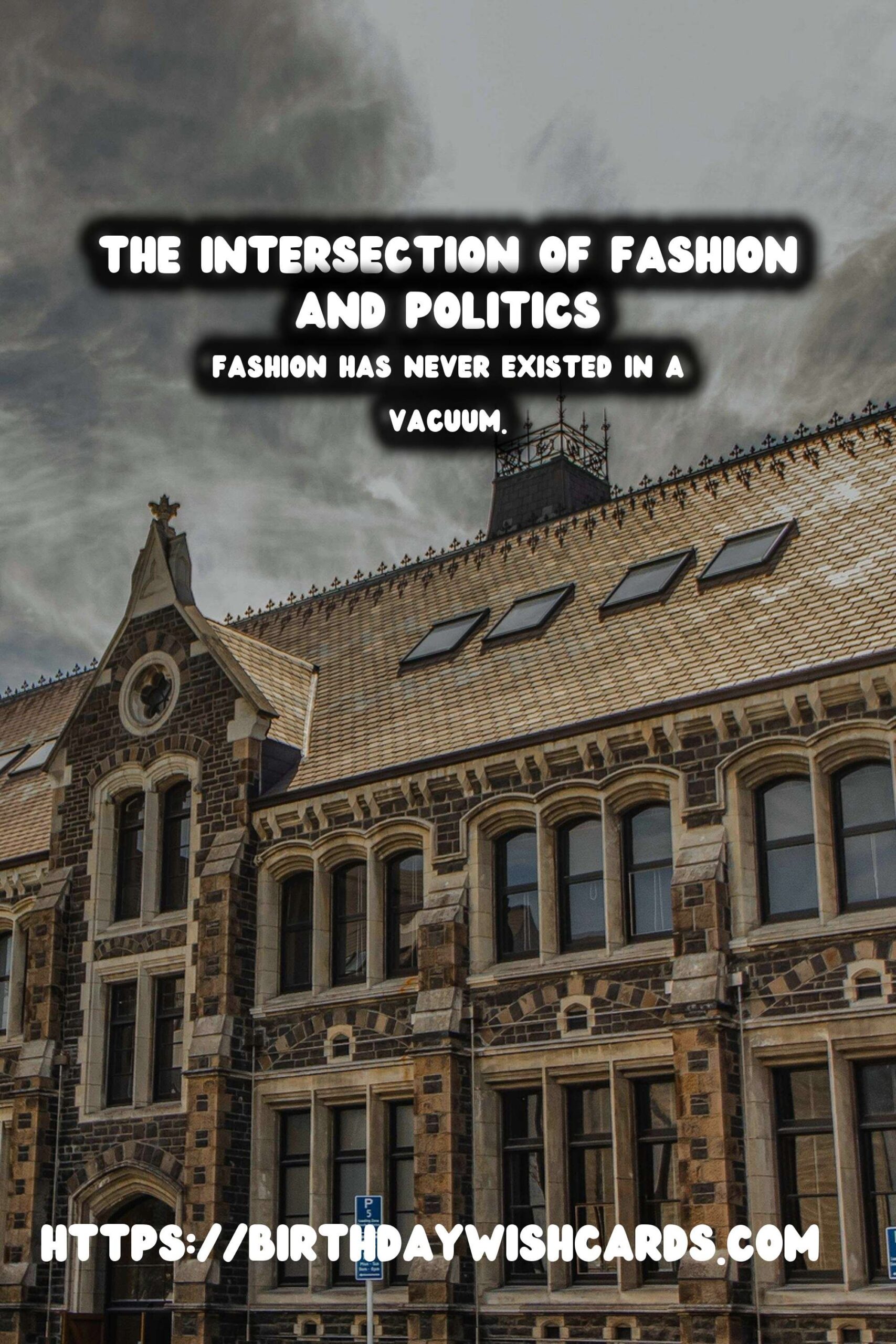
#HistoricalFashion #PoliticalInfluence



